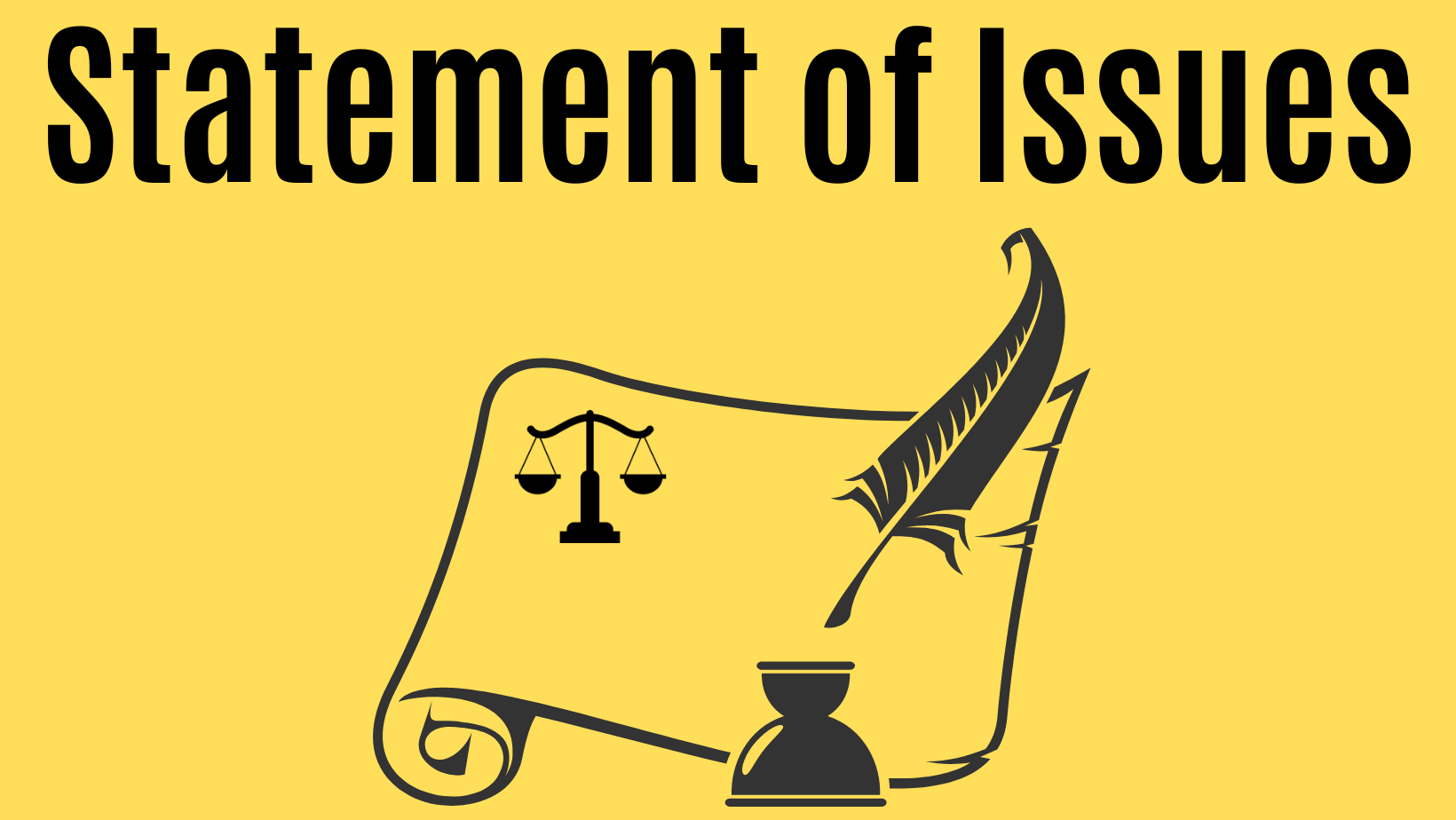A Statement of Issues might sound complex; however, it’s a crucial document in legal cases, acting like a roadmap for everyone involved. Whether it’s a family matter or any legal dispute, this document guides through the core problems that need resolution.
Understanding the Statement of Issues
In a UK family law case, this statement serves as a roadmap for both sides and the judge, outlining the exact points of contention. It streamlines the focus, ensuring everyone concentrates on the critical matters and avoids unnecessary distractions. Statement of issues differs from a Position Statement.
What’s Inside?
Identification of Parties
The document starts by identifying the parties involved in the case.
Overview of the Case
In providing a brief context, it gives the reader an understanding of the case’s background.
List of Issues
The core consists of a list of specific legal or factual points in dispute, presented concisely.
Summary of Arguments
For each issue, a brief summary of the positions taken by each party is provided, offering a preview of the upcoming arguments.
Legal Authorities
Any relevant legal references supporting each party’s position may be mentioned.
Requested Relief
If applicable, it outlines the specific relief or remedies sought from the court by each party.
The Role of Statement of Issues
This document prevents unnecessary arguments, acting like a game plan to keep things on track. It also facilitates discussions outside of court. In family law cases, it works in conjunction with other papers, ensuring a comprehensive approach.
Example: Family Custody Dispute
1. Identification of Parties:
- Applicant: Sarah Green
- Respondent: Alex Turner
2. Overview of the Case:
- Parents of Emma Green, born January 15, 2010.
- Estranged with differing opinions on custody and visitation.
3. List of Issues:
- a. Primary Custody Arrangement
- b. Visitation Schedule
4. Summary of Arguments:
- a. Primary Custody Arrangement
- Applicant’s Position
- Respondent’s Position
- b. Visitation Schedule
- Applicant’s Position
- Respondent’s Position
5. Legal Authorities:
- Reference to “Children’s Act 1989” and case law examples.
6. Requested Relief:
- a. Primary Custody Arrangement
- b. Visitation Schedule
This Statement of Issues clarifies substantial disagreements, providing a roadmap for legal proceedings. By addressing core matters, it helps the court and legal representatives focus on pivotal aspects. Remember, legal matters are complex, and consulting a qualified professional is essential for personalised advice.


